The Exotic Nepalese Snider Rifle
By Garry James
Shooting tests proved the Snider Rifle system to be the fastest and most reliable. Some 20 rounds could be fired in just two minutes, 35 seconds, with its closest rival, the Greene, coming in at three minutes, 18 seconds. The P-53 Enfield muzzleloader’s time was a dismal seven minutes, 20 seconds. The breechloader was definitely here to stay.
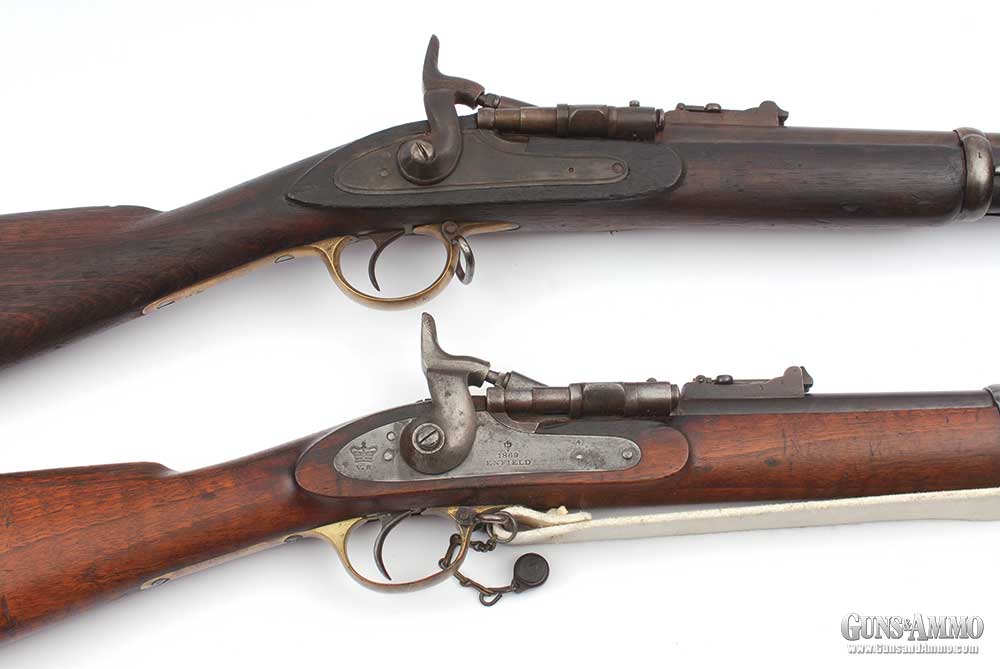
The Nepalese-made Sniders (top) are excellent copies of the original (bottom), though quality is not up to British standards.
After the smoke cleared in 1866, Snider’s design emerged preeminent. Basically, it involved cutting 2½ inches off the breech of a standard .577 Pattern 1853 Enfield rifle-musket. The breech was then expanded to receive a cartridge, and a hinged breechblock was affixed to the right side of the barrel opening. A “plunger” (firing pin), which was struck by a modified Enfield hammer, was secured through the length of the block at an oblique angle by a screw retainer. As the retainer resembled the nipple of a percussion musket, the older leather-topped snap caps could be used with the Snider.
The chosen round was in .577 caliber, eliminating the need to change or sleeve the original barrel. The first rounds were made of papier-mâché, though these proved unsatisfactory, and eventually white paper-covered coiled brass rounds, developed by Colonel Boxer of the Royal Artillery, were accepted. These black-powder cartridges had a separate japanned iron base and fired a 480-grain hollow-based, Minie-style bullet at some 1,250 fps. The projectiles themselves were an interesting amalgamation of French and British designs in that they employed the annular grease grooves of the former, but retained the boxwood or clay expanding plug of the latter. These rounds went through nine variations (or “Marks”), generally involving more or less minor tweaking.
Too, the Snider Rifle’s original modification proved to be somewhat fragile, as it entailed heating the rear of the barrel red hot, thus taking the temper out of the metal.
Never short of Yankee know-how, the inventor came up with a breech “shoe”—a separate unit that could be screwed onto the rear of the barrel.
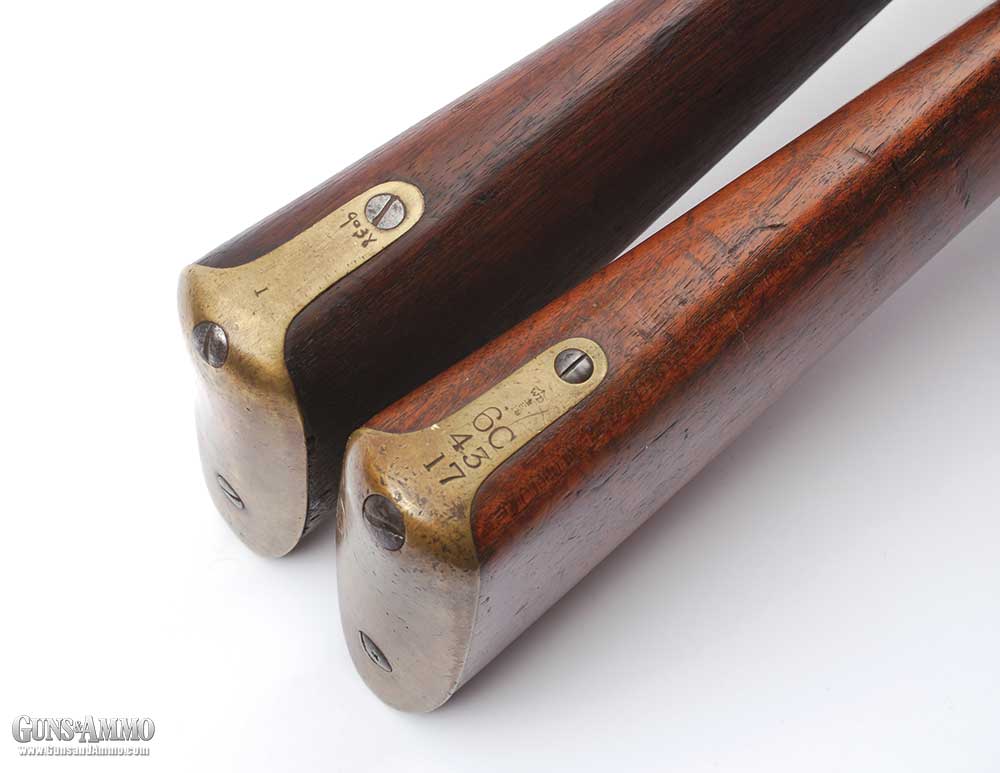
Buttplates of most Nepalese Sniders are engraved with the gun’s serial number (top), while the British generally used the buttplate tang for unit markings (bottom). Some Nepalese Sniders have been found with unit markings as well.
The arm itself went through three Marks. With the first two, the side-swinging breechblock had no latch, merely a thumbpiece. The block was held in position by a simple spring-loaded pin, which fit into a dimple on the rear of the shoe face. Despite many thousand of arms being made in this manner, authorities felt the setup was somewhat inadequate and modified the block by adding a very positive latch that had to be depressed before the breechblock could be opened, and the retaining stud was considerably beefed-up. Generally, Mark I and Mark II guns were conversions of older pieces, while Mark IIIs were commonly, but not always, completely newly made.
To load a Snider Rifle, all the soldier had to do was put the hammer on half-cock, rotate the breechblock sideways, insert a cartridge and close the action. Firing was accomplished by simply cocking the hammer, aiming the arm and pulling the trigger. Ejection was effected by opening the block and pulling it to the rear to activate a large extractor, which pulled the case free of the chamber. The arm was now simply tipped on its side and the empty dumped out.
Snider Rifles were made in several configurations, but the most common were the three-band standard infantry Long Rifle, a shorter two-band “sergeant’s model” Short Rifle, an Artillery Carbine and a Cavalry Carbine. While all four styles are not uncommon in the United States, there seem to be more Cavalry Carbines about than the others. This is due to the fact that several decades ago, Golden State Arms in Pasadena, California, imported thousands of Snider carbines from Portugal. These guns can instantly be recognized by a sling ring on the bottom of the stock to the rear of the triggerguard. British-issue Cavalry Carbines had either a side-mounted ring bar or no ring at all.
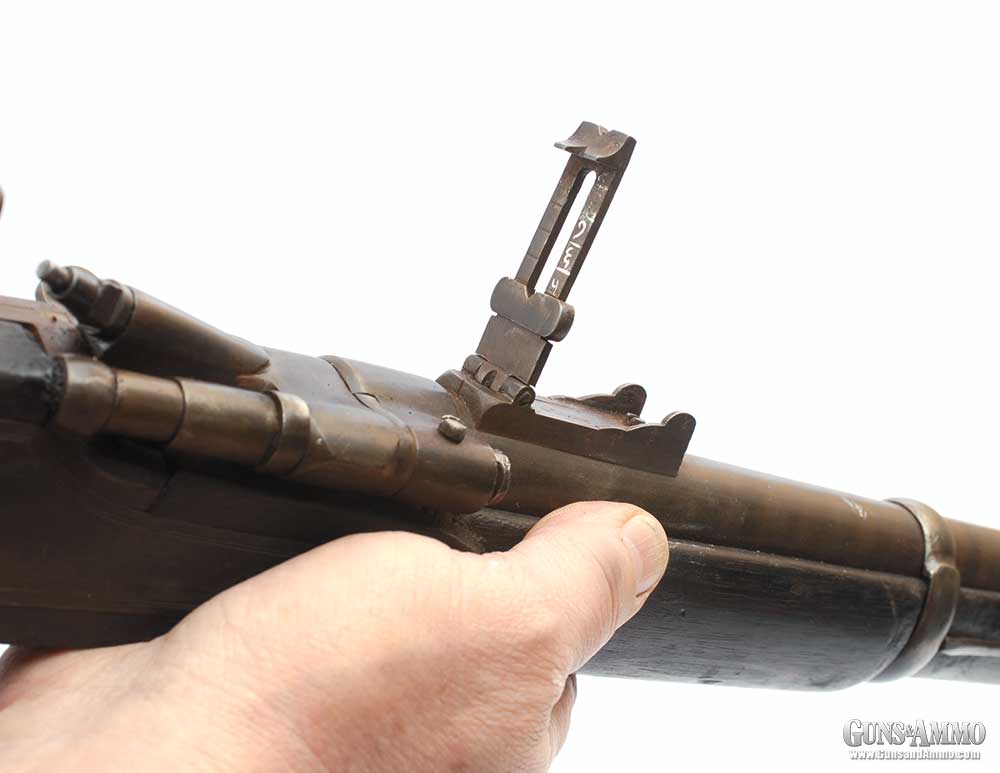
Rear sights on the Nepalese Sniders are graduated to 800 yards in Nagari script.
The Snider Rifle rapidly became a very popular arm, but it was never intended as much more than a stopgap, for no sooner was it adopted than officials began experimenting with other arms, culminating in the adoption of the famed .577-450 Martini-Henry in 1871.
The Snider Rifle still continued to see service to the end of the 19th century with native and colonial troops. Canada maintained it for quite a while and even issued shortened rifles to its cadet corps as late as 1905.
In accordance with their agreement, the British supplied Snider Rifles to Nepal as early as 1867, though these were few in number and commercial versions of actual military arms. As well, along the way the Nepalese were also given components, especially locks. These, not uncommonly, formed the basis for indigenously manufactured arms on the British pattern. Such was the case with many of the Snider Rifles in the collection. Though the stocks, barrels and hardware on some of the guns are obviously of native manufacture, locks from British Pattern 1842 and Pattern 1853 muskets and rifle-muskets will often be found on some. While three-band rifles form the preponderance of the Snider Rifles, some two-band Short Rifles and about 100 London-made sporting-style carbines used by the king’s guard have also been uncovered.
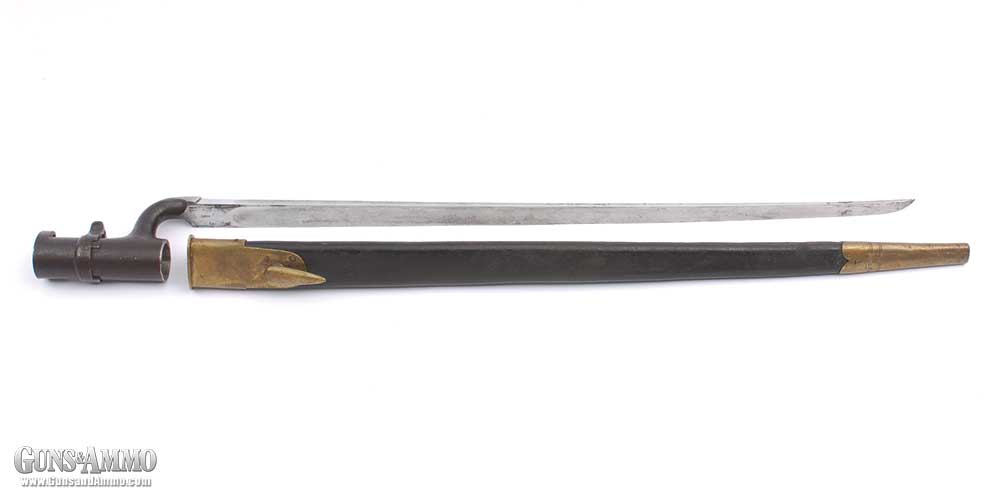
Three-band Sniders take the standard 17-inch-bladed triangular bayonet. Though this is a British-issue piece, the Nepalese did make their own.
By far, the most common Nepalese Snider Rifles in the IMA/Atlanta Cutlery cache are copies of Sniders that have been wholly manufactured in Nepal. While outwardly looking much like the original article, there are subtle differences.
To begin with, for some reason the Nepalese decided to use the early Pattern 1853 Enfield’s physiognomy, which, unlike the more common, later versions, incorporated springs to hold the barrelbands in position. The locking system is invariably the bolted style, that is, it uses a block with a spring-loaded catch, similar to that of the British Mark III. Though the Nepalese also made copies of the British Pattern 1853 percussion rifle-musket, it is probable that few, if any of these guns were converted to the Snider Rifle system. The Gurkha Sniders appear to have been manufactured from the get-go as breechloaders.
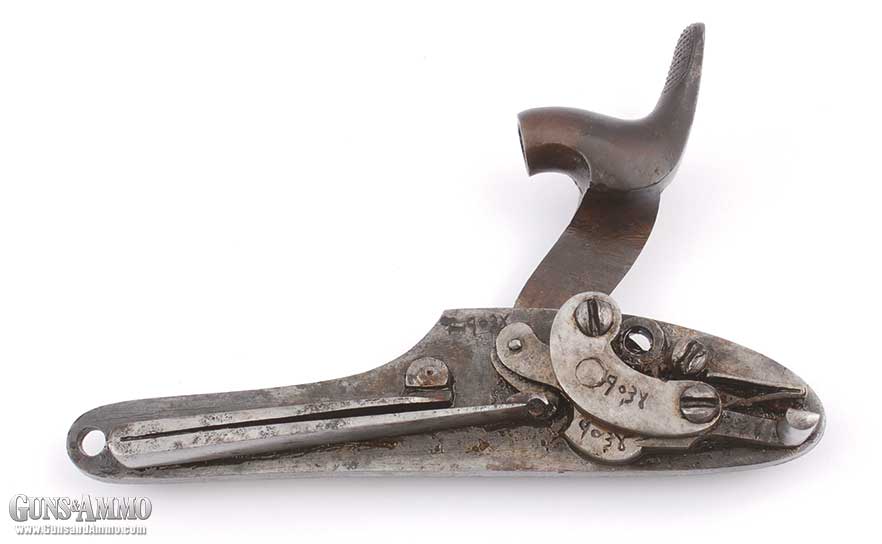
The locks of the Nepalese Sniders are quite well made, though it is not unusual to find them with all parts marked with the gun’s serial number, as the rifles were basically handmade and components were not always interchangeable.
Quality of the Snider Rifles examined by the author are, by Nepalese standards, quite good. While there is no way they could be mistaken for a Birmingham or London product, they still exhibit an attention to fit and finish not seen on many of the other indigenous guns.
As noted earlier, they follow the British mode quite closely, with brass furniture and P53 characteristics. Stocks are of a loose-grained, teak-like wood, well fitted, with passable inletting. Locks, with the exception of the cannibalized original British-issue mechanisms, are unmarked, though the craftsmen took the time to add border-line engraving and P53-style hammer embellishments. Internally, they are quite well made—nicely finished and polished—and appear to be completely serviceable. Many have the integral parts marked with the gun’s serial number. As these rifles are hand-fitted, this would be a prudent measure, as a specific part from one likely might not fit in another.
Rear sights are the standard P53-type ladder rear graduated from 100 to 800 yards in Nepalese Nagari script. Front sights are the standard barleycorn, which also serves as a stud for a triangular bayonet. Pattern 1853 bayonets were also made by the Nepalese for these and the percussion muskets.
Barrels appear to be well made, 39 inches long and rifled with three grooves at a pitch of one turn in six feet, six inches.
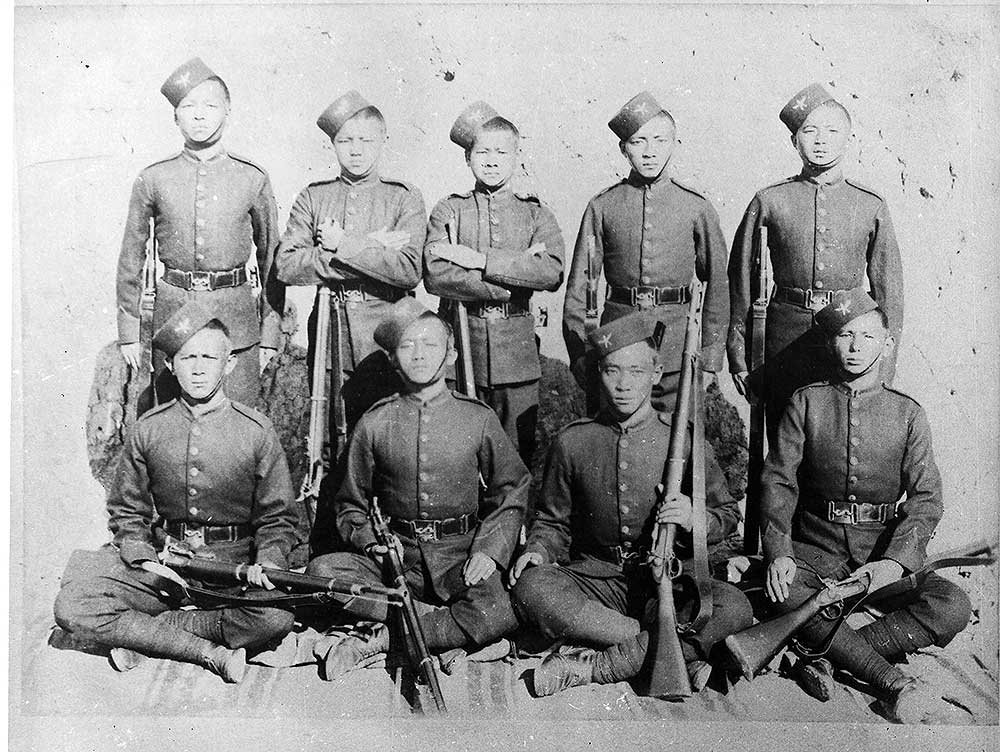
Gurkha riflemen with two-band Snider Short Rifles. Gurkhas were accepted into British service in the early part of the 19th century.
As well as guns and bayonets, accessories such as Snider Rifle combination tools, oil bottles and slings are also sold by IMA and Atlanta Cutlery.
Both firms still have a good quantity of Snider Rifles on hand in conditions ranging from home project to pretty clean. Though many purchasers have fired their Nepalese Sniders, neither IMA nor Atlanta Cutlery sells its guns as shooters and notes on its Web sites that the guns are sold as “collector’s items” and “wall hangers” and “any attempt at restoring an antique gun to be operational is strongly discouraged and done at the risk of the customer.”
For further information on these and the many other colorful, exotic Nepalese guns, you can visit the websites of
A few years ago, International Military Antiques and its associate, Atlanta Cutlery, found and purchased one of the largest and most important collections of arms that has ever been uncovered.
The treasure trove that was the arms cache at the palace of Langan Silekhana in Katmandu, Nepal, resulted in the importation of everything from 18th century flintlock muskets to breechloading cannons. Some of the most intriguing subcategories of guns were the Nepalese versions of Britain’s famed Snider Rifle.
First adopted by Britain in 1866, the Snider Rifle went on to be one of the most important single-shot military breechloaders of the 19th century, being used by British and Imperial forces well into the era of the repeater and in various other forms, such as the French Tabatiere, by other lands, as well.
The story begins more than two centuries ago in the exotic Kingdom of Nepal, located at the foot of the Himalayas. In 1814, the formidable Gurkhas of the Nepalese army invaded northern India, then under the aegis of the British East India Company, and occupied a trio of hill stations.

Entirely Nepalese made, the rifle used for evaluation was a good copy of the …Read the Rest
Source:: Guns and Ammo
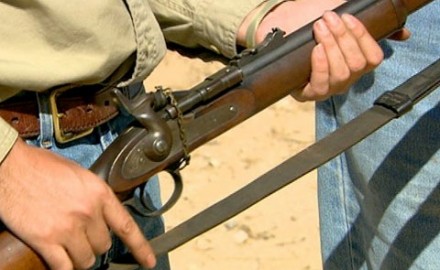
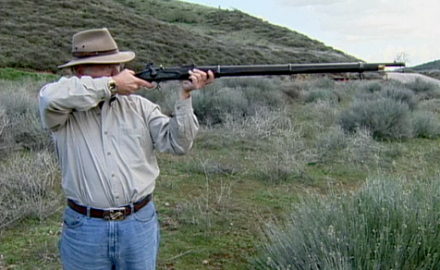
Leave a Reply